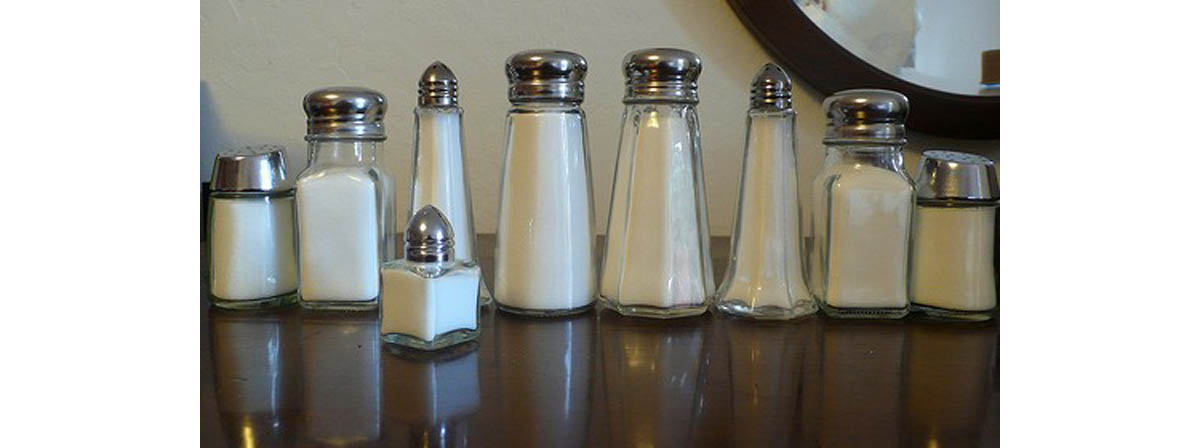Table of Contents
This is sodium chloride that may well have been sourced from the sea, one way or another, but is heavily processed and refined so that the other minerals are lost.

Because the introduction of refined table salt led to an increase in thyroid problems (‘goitre’), iodine – an essential element of thyroid hormone – is added to it in many countries around the world. But if you eat a balanced diet with fresh produce you are unlikely to be deficient in iodine.
You may also prefer to consume salt that has retained its natural iodine and mineral content, rather than relying on it being added.
Table salt also has chemicals added as anti-caking agents, to stop the salt from clumping together when it naturally absorbs moisture from the air.
Sea salts
Sea salt is often recommended as an example of unrefined salt. But as mentioned, even refined table salt may have originatedfrom seawater.
Pollution aside, the key differentiator for sea salt is whether the other minerals it naturally contains are left in, or processed out. And depending on where it originates, it will contain Differing mixtures of other minerals and salts.
If you are concerned about pollution you could also look for salt obtained from potentially cleaner sources.
Himalayan Pink Salt
This is extracted from dried seabeds existing millions of years ago, in Pakistan. Because the salt was laid down so long ago, it is less likely to be contaminated in the same way as our oceans are today. The salt is allegedly processed by being stoneground and reputed to contain as many as 84 different minerals, including iodine.
It is recognisable by its pale pink color – those against table salt recommend that white salts are avoided as the color is a sign of the processing, as with sugar.
Celtic Salt
Another example of an unrefined mineral-containing salt containing is known as Celtic salt which is obtained from the sea off Brittany, France and is a characteristic grey or sandy color.
Choosing your salt
Himalayan and Celtic salts are two examples of commercially available unrefined salts, but there are many others available around the world.
Two factors may be helpful if you wish to avoid refined table salt. One is the color – if it is pure white it is unlikely to contain other minerals.
The second is that it is likely to be refined table salt if the label indicates that the only ingredients are sodium chloride and an anti-caking ingredient.
What are the benefits of unrefined salt?
It comes down to the fact that unrefined salt is more likely to contain a variety of minerals present in its source – again read the label to check.
But these minerals are likely to be present in tiny trace amounts, so the unanswered question is whether there is enough to benefit you and whether you were deficient in them in the first place. If you eat a healthy balanced diet, you probably do not need that extra ‘top up’ but equally, having those minerals is unlikely to do you any harm.
- www.akzonobel.com/saltspecialties/salt/salt/
- www.tandfonline.com/doi/abs/10.1080/03670244.1980.9990626
- www.naturalnews.com/028724_Himalayan_salt_sea.html
- Photo courtesy of ccarlstead by Flickr : www.flickr.com/photos/cristic/8223152785/
- Photo courtesy of Noemi Margaret by Flickr : www.flickr.com/photos/crayonbeam/2186279085/
- www.chriskresser.com/shaking-up-the-salt-myth-healthy-salt-recommendations


Your thoughts on this